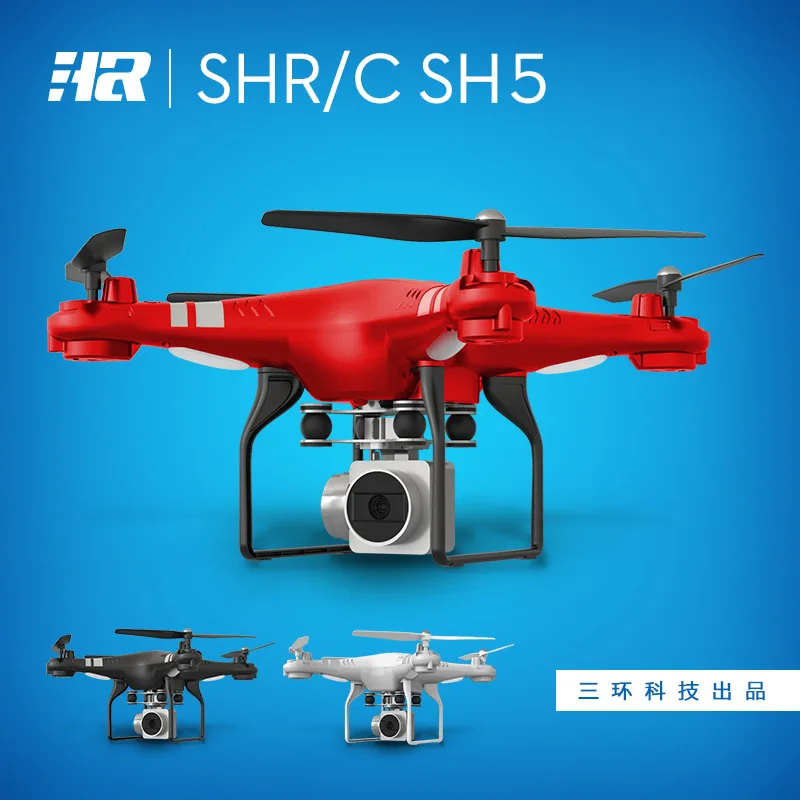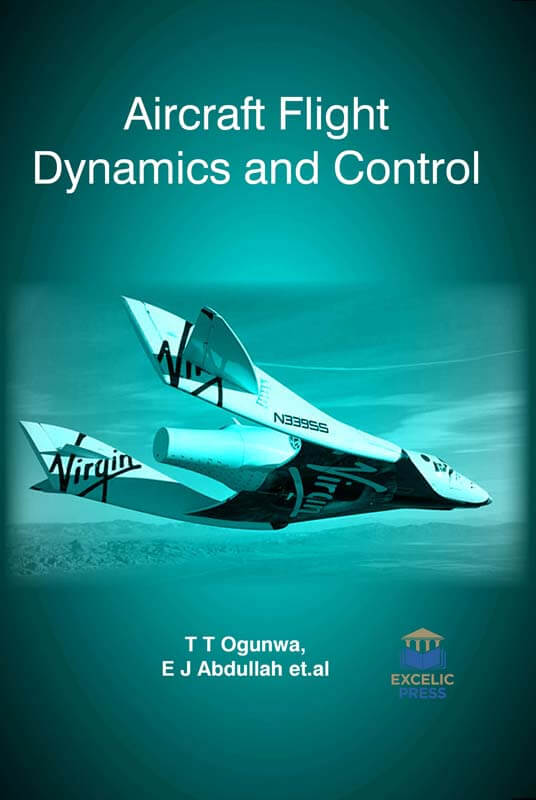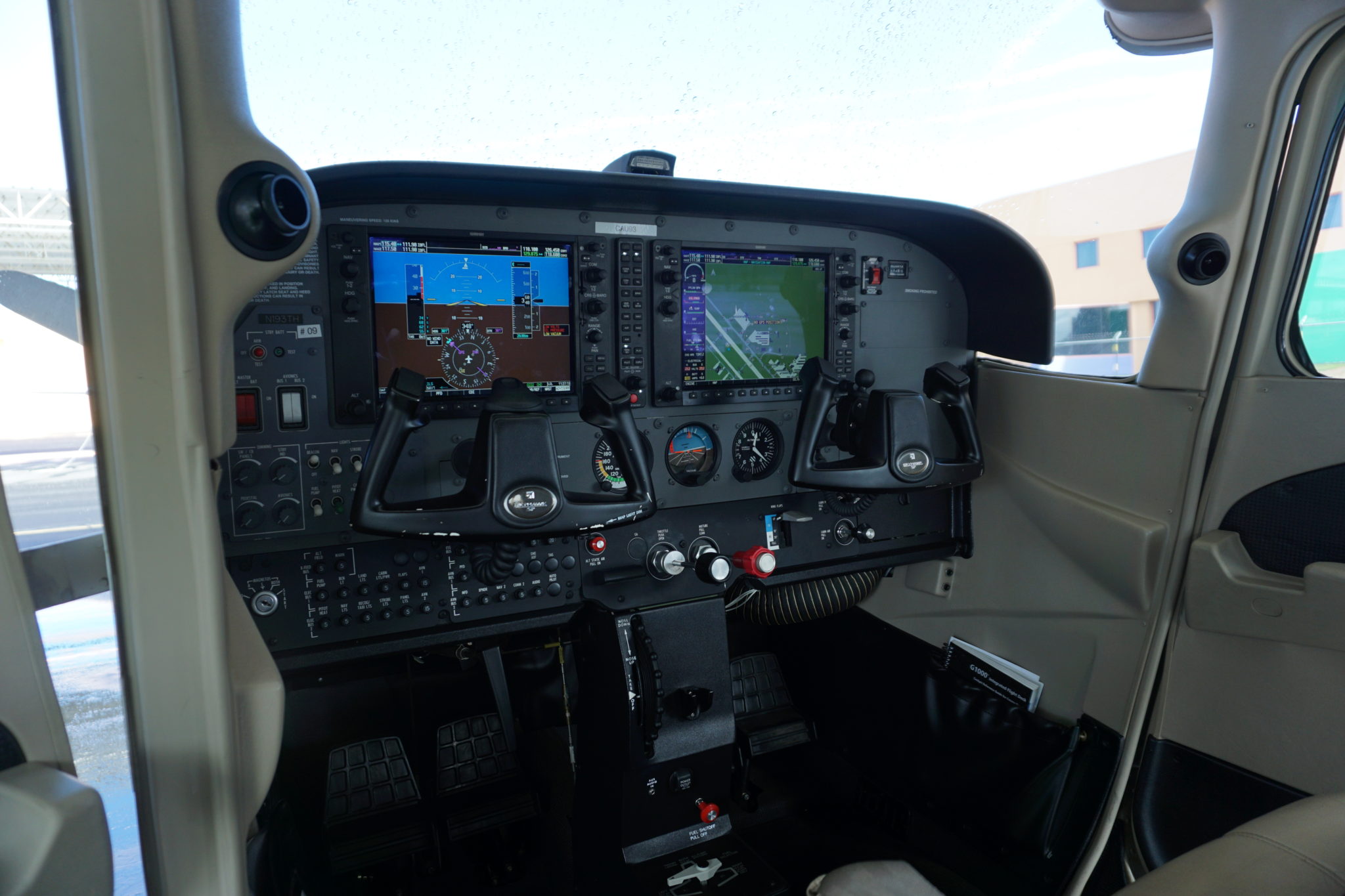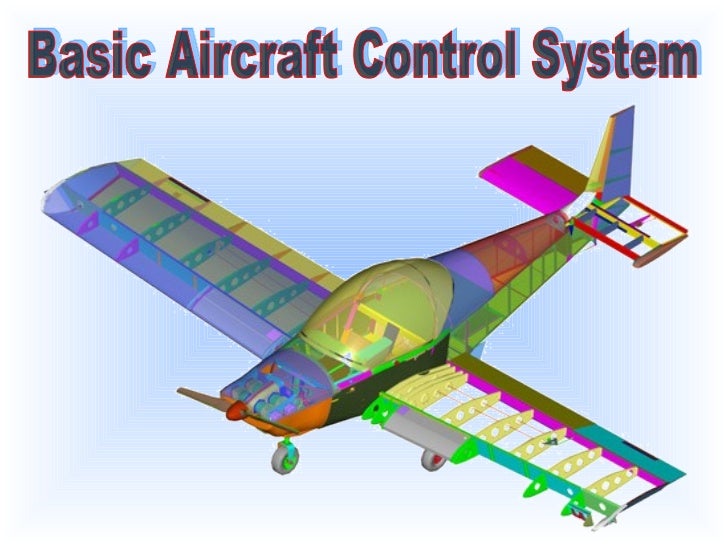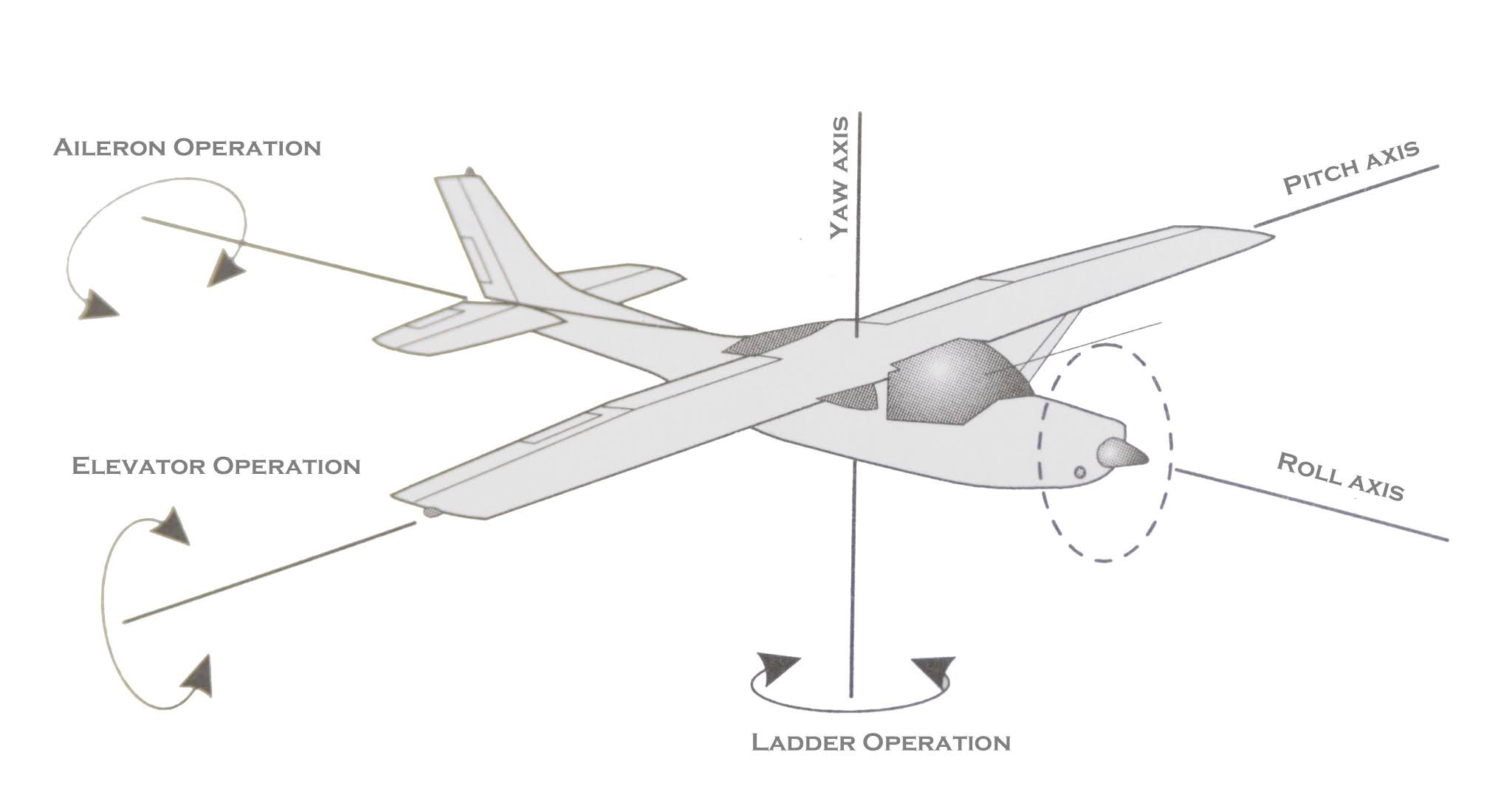Stunning Info About How To Control Aircraft

The key to mastering the art of flight is to start by learning all the basic flying maneuvers.
How to control aircraft. The ailerons, elevator (or stabilator), and rudder constitute. These surfaces consist of ailerons, elevators, and rudders, each responsible for maneuvering the airplanes around a specific axis of rotation. Your primary flight controls in any fixed wing aircraft are the yoke/joystick and the rudder pedals.
This article describes the use of speed control by air traffic controllers to manage the traffic flow and solve conflicts. 2 general principles of controls. They are critical for the safe operation of the aircraft.
How does a pilot control an airplane? This video describes the basics of what our flight controls do for us in terms of controlling. On the vertical tail fin, the rudder swivels from side to side, pushing the tail in a left or right direction.
Mykola oleshchuk thanked ukraine’s military intelligence for helping down the. On the horizontal tail surface, the elevator tilts up or down, decreasing or increasing lift on the tail. Europe decided to allow phone calls and data usage on.
What happens between the hand and foot controls and the outside control surfaces varies, depending on the manufacturer. An airplane has three possible axes of rotation around which the plane can turn. These modify the plane's overall aerodynamics by increasing or reducing the lift or drag that the wings generate.
Most aircraft today are controlled by highly sophisticated computer programmes that make loss of control or stability highly unlikely. The elevator, which controls the pitch of the aircraft through the lateral axis. With few exceptions, modern airplanes feature a control stick or yoke and two pedals that control the ailerons, elevator, and rudder.
Pilots can engage these flight control systems from the cockpit. Moveable surfaces on an airplane’s wings and tail allow a pilot to maneuver an airplane and control its attitude or orientation. This tilts the nose of the airplane up and down.
Flight control systems are subdivided into what are referred to as primary and secondary flight controls. They are the primary tools of the pilot. Secondary control surfaces include spoilers, flaps, slats, and air brakes.
Simply put, an aircraft is controlled by using a yoke, throttle and rudder pedals. The primary flight control surfaces are the essential components that allow pilots to control the direction and attitude of the aircraft during flight. These are the controls you use every day but i doubt many understand coordinated flight as many flight sims have auto rudder settings so most never use the rudder in normal flight.
The ailerons control the rolling motion of the aircraft through the longitudinal axis. Aircraft flight control system | private pilot online ground school. 133k views 7 years ago flight training 101 start to finish.
